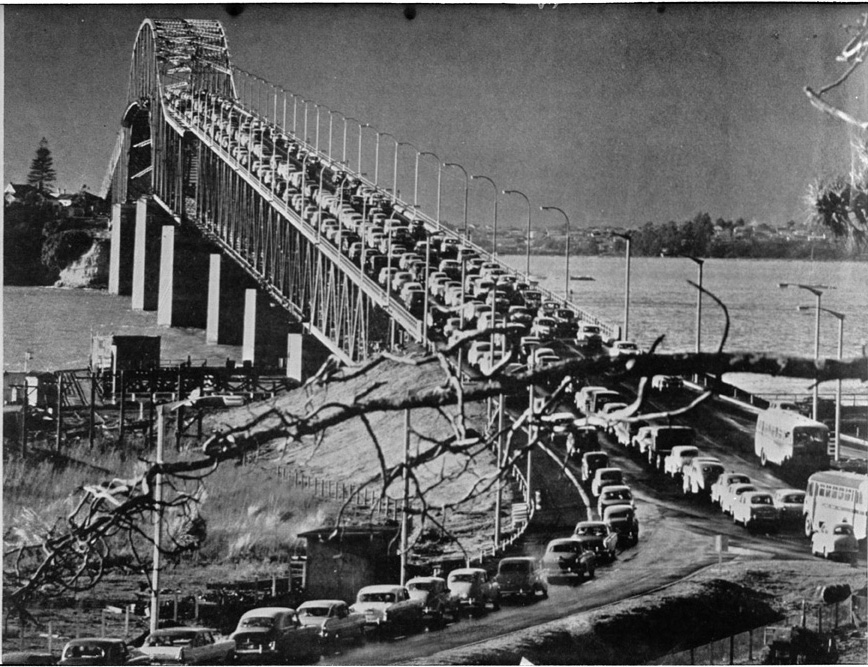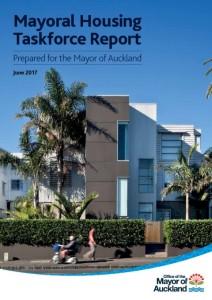Lets get more efficient at building homes!
We are just three months away from electing a new government. That’s right; the New Zealand political mudslinging season is truly underway. Housing, whether it be homeless people sleeping in cars, the local marae or the general affordability issue, it’s fair to say that the big kahuna of the election will be housing (as the rest of the economy is ticking along). While policy announcements and tax cuts make for column inches in newspaper, it doesn’t get us any closer to a more balanced housing market. I am talking about a housing market that allows first home buyers to afford a nice place of their own and to go out for the occasional “avo on toast”, as well as all the mum and dad investors not having to worry about the value of their multiple dwellings bottoming out. An unrealistic utopia? Perhaps. I believe that if our industry was more efficient, the production of homes could increase significantly.
It seems to me that new homes are being built at around the same pace as the original Ford Model T. Henry Ford. Much like the New Zealand housing industry Ford couldn’t keep up with demand either, only producing 11 vehicles during their first full month of production. Ford also decided that things weren’t as good as they needed to be, so he began stripping back the process and reduced complexity as much as possible. By 1914 Ford had streamlined production so much that he could build a car in 93 minutes. In my opinion to improve housing affordability we need to reduce complexity and streamline production, just like Henry Ford did 100 years ago.
The new biggest development hurdle we face is infrastructure. The main reason infrastructure is moving slowly? There is no mechanism to allow for funding to occur. The money is there, the law does not allow it to be spent. It is not fair or reasonable for developers to foot the bill for the installation of pipes, and roads, and footpaths.
The Housing Task Force report suggests taxing property owners who are likely to seriously benefit from land-value uplift thanks to certain infrastructure projects. Like the properties along the CRL corridor, or along Dominion road assuming there will be light rail along there one day. Why not tax those who are set to benefit from these projects a little more in order to help these projects along! They call this ‘value capture’ rates.
Another potential solution which would be especially effective in green field developments: infrastructure bonds. These bonds would pay for the new roads, pipes, street lights and footpaths. Since Auckland Council is up against the wall when it comes to borrowing, issuing bonds to cover these vital costs may be the difference between selling the Port of Auckland or not. This has done overseas very successfully so there is no reason it cannot happen in NZ.
For future urban places such as Whenuapai, Pukekohe and Dairy Flat the lack of infrastructure is not such an urgent issue because they have been accounted for in the Unitary Plan. These future urban areas have been master planned down to the height of the curbs and style of street light. Open and free green fields are another story entirely however. These areas are ripe for the development picking. They have the right zoning, location and demand yet they lack the pipes to move the poo!
If Council promoted and sold these bonds to the residents living in these new developments or pension funds it would add a lot of certainty. Those looking to buy, those developing and to the rest of Auckland who are fearful of infrastructure costs being added to their rates would have no reason for concern. When such a huge market such as housing becomes problematic, it becomes problematic for the entire economy. If there is any way that governments can increase certainty it will always be good, which is especially true in election year.
Hopefully the Housing Infrastructure Fund will give Councils a significant dollop of cash to at least begin building necessary infrastructure. While it could have been more beneficial to have this initiative operative a year ago (potentially saving Nick Smith his position as housing minister) the recommendations of the independent panel should be released nowish. Councils in areas for high growth will be crying out for their approvals.
Another thing that requires serious consideration and is also outlined in the Housing Taskforce report, ensuring the volume and scale of construction required is possible and supported wherever possible. How can we be expected to build efficiently when the costs of material and labour are so high? We need the “Amazon.com” of construction supplies to come to New Zealand and shake up building product prices. One of our Australian clients is stunned that building costs are 40% higher than Australia and most if not all is in materials. Is this because we lack competition or are the lure of rebates just too good to give up over cheaper prices to the consumer? The old saying “higher prices cure higher prices” must come into play as building costs rise.
Mike Greer Homes provided the Housing Taskforce Report with a case study that outlined the benefits of pre-fabricated homes. The company estimates that pre-fabrication reduced its house building timeframes from 22 weeks down to 8-10 weeks. In the UK it is common practice to order a custom designed pre-made home from Germany and have an entirely new house erected within three or four days! The Ikea of the building world is just getting started! Even here in NZ we are seeing it pop up more and more. A client of ours, Matrix Homes, are looking to reinvent the way Kiwi homes are traditionally built. Their homes are built in a factory in Upper Hut using a modular system that has been developed and used in Australia for the last 30 years! The speed and efficiency of these types of builds could seriously up the ante for construction in New Zealand.
Thirdly, I think we need appropriate immigration to supply an appropriate labour force to manage costs increases. If you look back to when the dams along the Waikato and Clutha river were built, they were done out of post war immigration from Britain. It got the job done.
In 2015 the government relaxed the immigration rules to help move the Christchurch rebuild along. Those with the required skill sets were permitted to stay in New Zealand for three years instead of just the one. They were also able to change employers within the same industry without having to go through the rigmarole of applying for a change of conditions.
Why would we not enact the same policy? In 2015, the people of Christchurch needed houses, offices, warehouses and apartments rebuilt. Now in 2017 Auckland, Queenstown, Wellington, Taupo and Tauranga are all in dire need of more houses. Why would we not incentivise people from around the world with the right skill set to come here and experience our wonderful country while providing desperately needed skills? These highly valuable skilled immigrants would not just help with putting pipes in the ground, they will build our homes and they will build our alternative transport networks.
There is now so much space and opportunity to build differently. To provide a home for 6 people, when previously there was only enough room for two. The Unitary Plan eliminated the biggest hurdle in increasing the housing supply. However, if all of the other aspects of development aren’t considered in conjunction with this, then what was the point? Creating an efficient processing line of new homes is the key to creating affordability. Just like the world’s ‘first affordable car’ we must mass produce. To do so each portion of the assembly line (zoning, infrastructure, construction) must all be operating at 100% efficiency.





Leave a Reply
Want to join the discussion?Feel free to contribute!